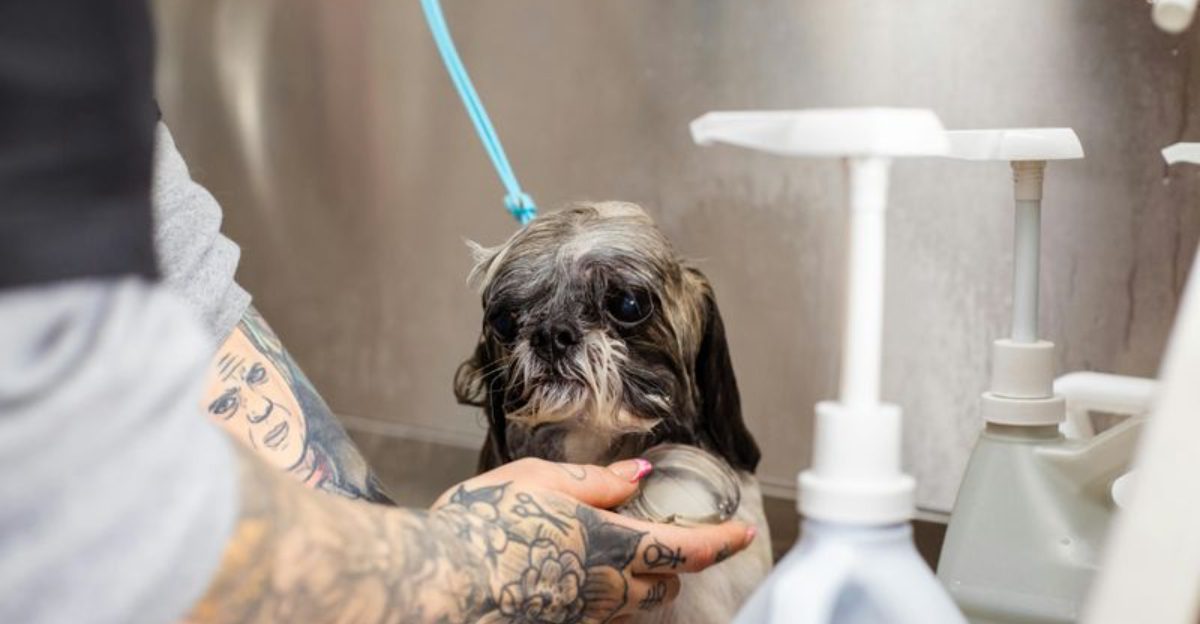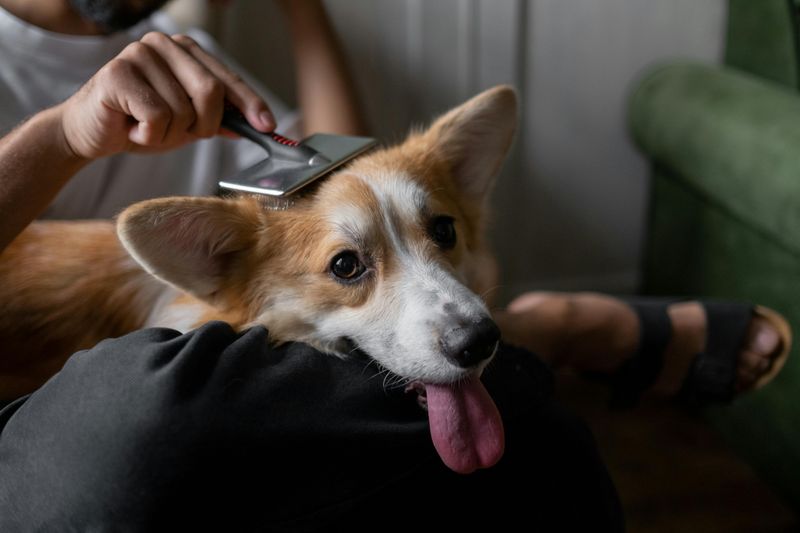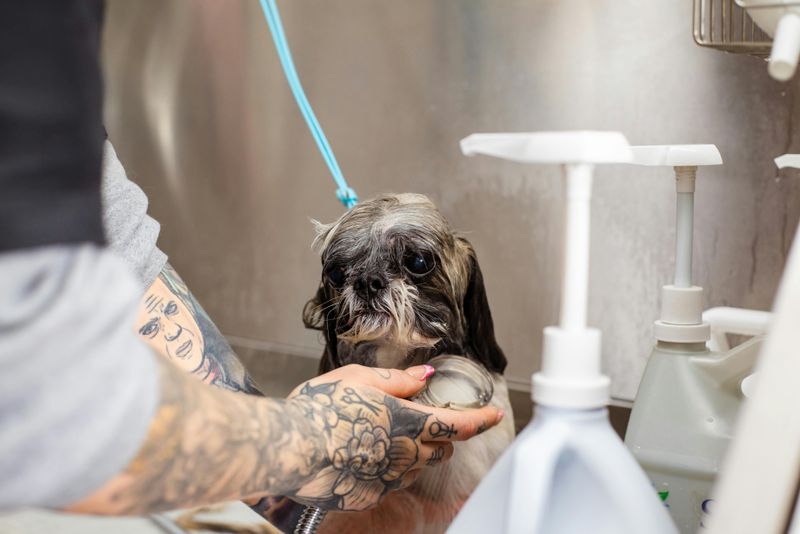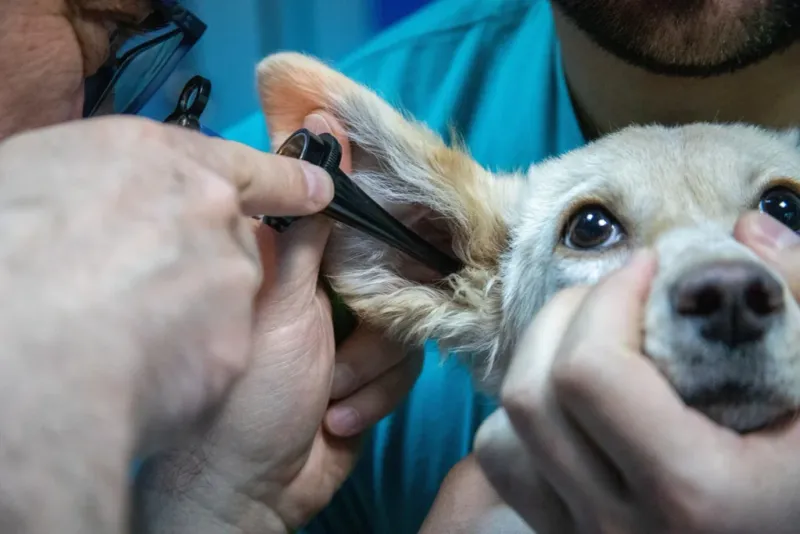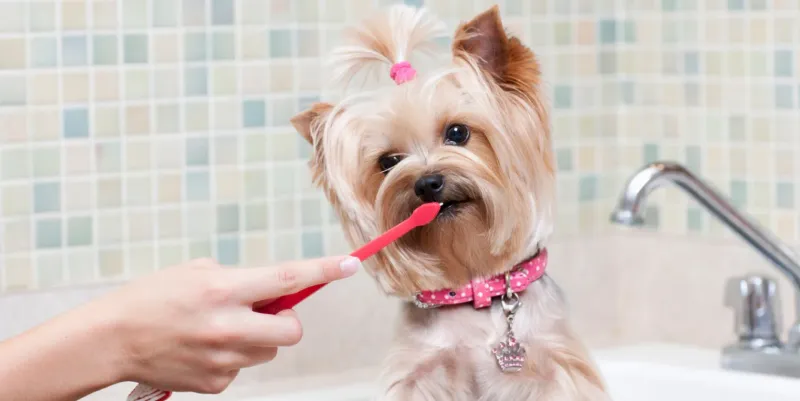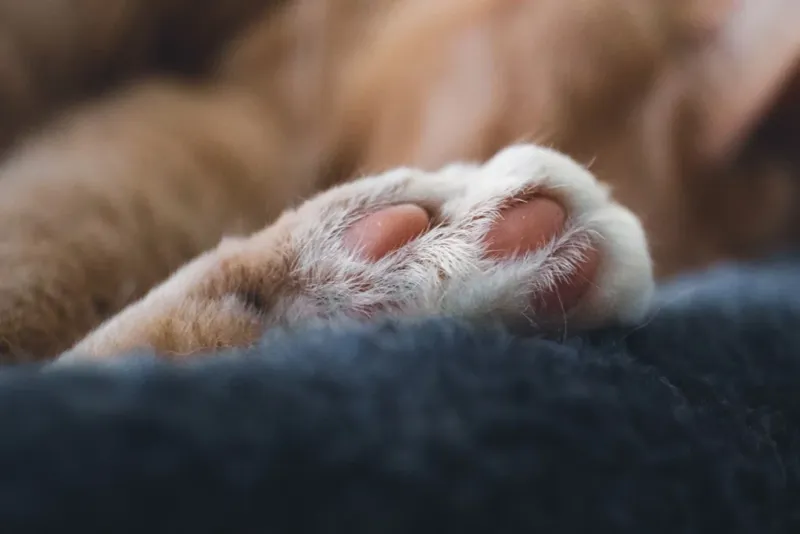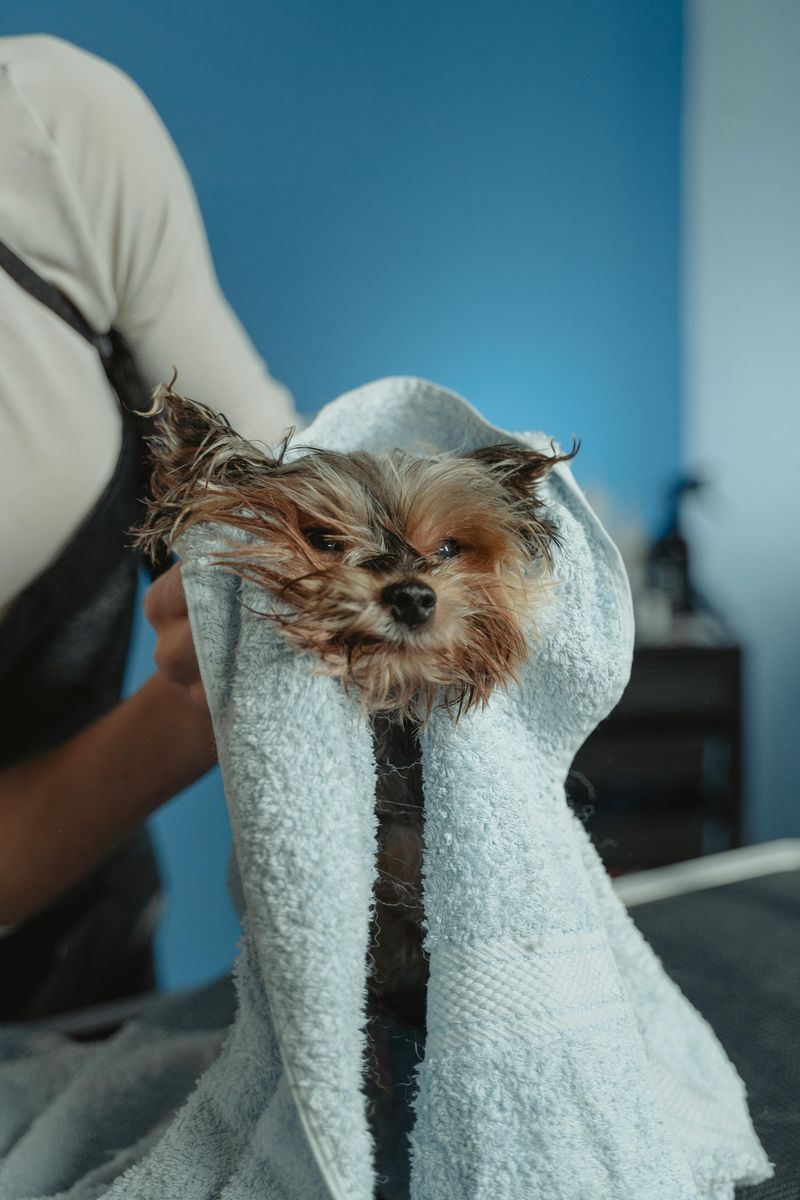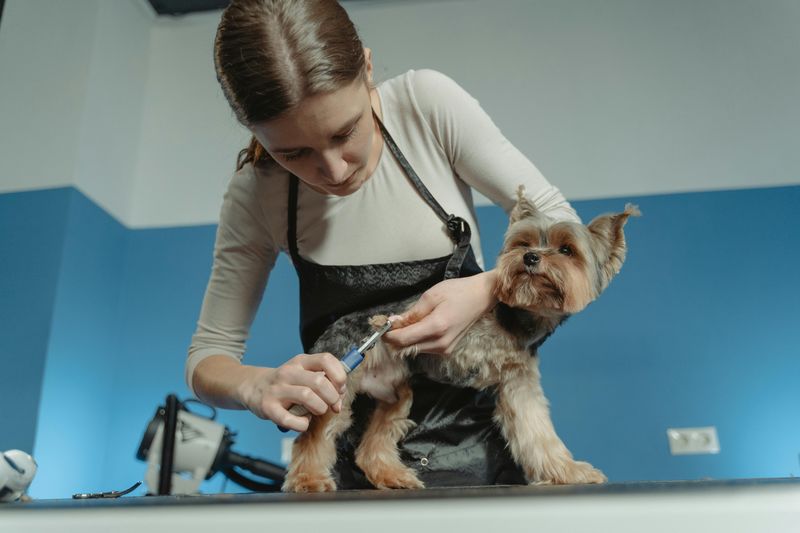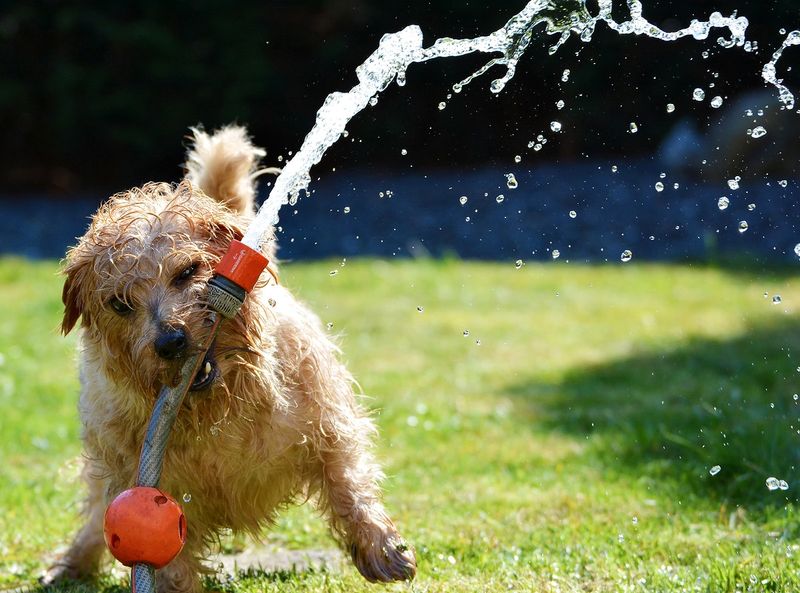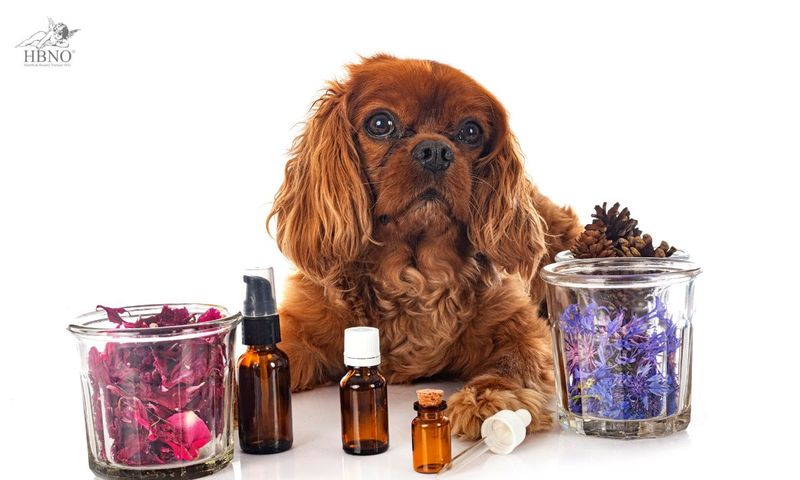Caring for your dog’s coat is crucial for their health and appearance. However, common grooming mistakes can damage their coat over time. This guide highlights ten such errors and offers solutions to keep your furry friend’s coat healthy and beautiful.
Skipping Regular Brushing
Regular brushing is essential for maintaining a healthy dog coat. It helps to remove dirt, debris, and loose fur. This prevents matting, which can cause discomfort and skin issues. Brushing also distributes natural oils, enhancing the coat’s shine. Neglecting this routine can lead to tangles that are difficult to manage.
Each breed has specific grooming needs, and understanding these requirements is key. For instance, long-haired breeds need more frequent brushing. Make brushing a bonding experience by being gentle and patient. This not only keeps your dog’s coat in top condition but also strengthens your relationship.
Using the Wrong Shampoo
Selecting the right shampoo can make a significant difference in your dog’s coat health. Human shampoos often contain chemicals not suited for dogs. This can lead to irritation, dryness, and dullness. It’s important to choose a product specifically designed for dogs, considering their skin pH.
For dogs with sensitive skin, hypoallergenic shampoos are a safer choice. Always read labels and avoid ingredients like sulfates and parabens. A well-chosen shampoo will support a soft, shiny coat. Regular baths should be enjoyable rather than stressful, so use warm water and gentle hands to comfort your pet.
Ignoring Ear Cleaning
Ear care is often overlooked, yet vital for your dog’s overall grooming routine. Dirty ears can lead to infections and discomfort. Regular cleaning helps prevent these issues and keeps your dog’s coat smelling fresh. Use a vet-recommended ear cleaner to ensure safety.
Each breed has unique ear care needs, especially those with floppy ears. Be gentle and never insert anything deep into the ear canal. Consistent ear cleaning minimizes the risk of painful complications. Keep an eye out for redness or unusual odors, as these may require a vet’s attention.
Overlooking Dental Care
Oral hygiene affects more than just your dog’s breath; it influences their coat health too. Poor dental care can lead to gum disease, impacting nutrient absorption, which may dull the coat. Regular teeth brushing helps prevent tartar buildup and maintains overall health.
Choose a dog-specific toothbrush and toothpaste to ensure safety. Dental chews can supplement brushing but should not replace it entirely. A healthy mouth contributes to a radiant coat and a happy, energetic dog. Make dental care a routine part of grooming to support your dog’s well-being.
Neglecting Paw Pads
Paw pads might not seem directly related to coat care, but they’re crucial for your dog’s health. Rough, cracked pads can lead to lameness, affecting overall movement and well-being. Healthy paws contribute to a happy, active dog, indirectly benefiting the coat.
Regularly check for debris, cracks, or cuts. Moisturize the pads with a pet-safe balm to prevent dryness. Keep the nails trimmed to avoid discomfort and ensure smooth walking. Proper paw care supports your dog’s active lifestyle, enhancing their coat’s natural shine and vitality.
Improper Drying Techniques
Drying your dog properly after baths is crucial to prevent issues like mold or mildew in the coat. Leaving the coat wet can cause skin irritation and unpleasant odors. Use a towel or pet-safe dryer to remove excess moisture.
For dogs with thick coats, section drying can be effective. Be cautious with heat settings to avoid burns. Opt for a cool setting or a towel for a gentle approach. Taking time to dry your dog thoroughly ensures a clean, comfortable coat. This practice keeps their coat vibrant and healthy.
Infrequent Grooming Sessions
Consistent grooming is vital for your dog’s coat health. Irregular grooming can lead to mats, tangles, and unhealthy skin. Regular sessions help manage shedding, distribute oils, and keep the coat shiny.
Each dog has unique grooming needs based on their coat type and lifestyle. Establish a schedule that suits your dog’s specific requirements. Grooming sessions also allow you to check for any skin abnormalities or parasites. Keeping a routine ensures your dog’s coat remains in optimal condition, contributing to their overall happiness and health.
Skipping Routine Vet Visits
Regular vet visits play a crucial role in maintaining your dog’s coat health. A vet can identify underlying health issues that may affect the coat, such as allergies or nutritional deficiencies. Early detection ensures timely intervention.
Vets can recommend supplements or dietary changes to support a glossy coat. Regular check-ups help to monitor your dog’s overall health, keeping them in peak condition. Consistent veterinary care allows for a proactive approach to maintaining a radiant, healthy coat.
Allowing Overheating
Exposure to excessive heat can damage your dog’s coat and skin. Overheating leads to dehydration, which can make the coat appear dull and brittle. Providing access to shade and fresh water helps in maintaining proper hydration levels.
Avoid hot pavement and prolonged sun exposure. Keeping your dog cool supports not only their coat but also their overall health. A well-hydrated dog exhibits a vibrant coat that reflects good care. Simple precautions ensure your dog remains comfortable and their coat stays radiant.
Overusing Grooming Products
While grooming products enhance coat health, overuse can have adverse effects. Excessive application can cause product buildup, leading to a dull and lifeless coat. Moderation is key to achieving the best results.
Read instructions carefully and use products sparingly. Focus on quality over quantity to ensure your dog’s coat receives the care it needs. A balanced approach to grooming products keeps the coat healthy, vibrant, and soft to the touch. Mindful usage prevents unnecessary damage and promotes a naturally beautiful coat.
